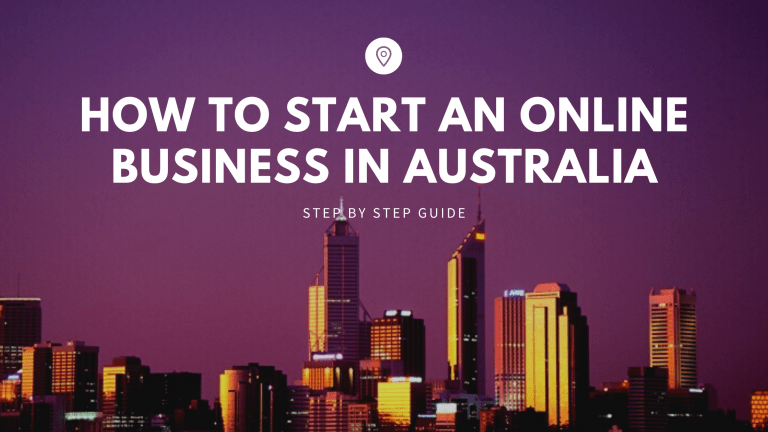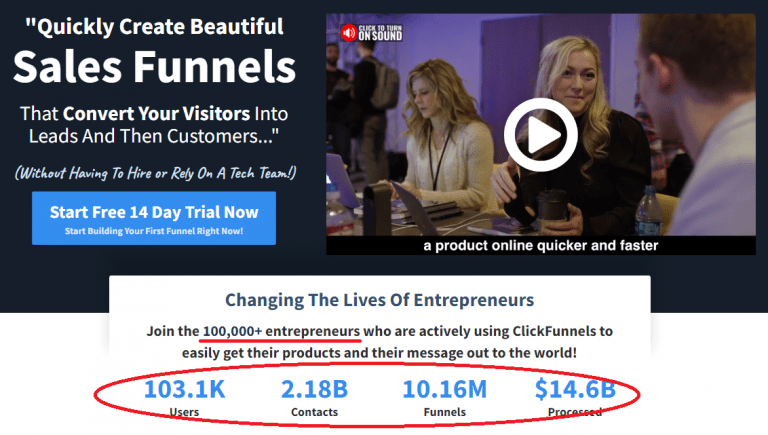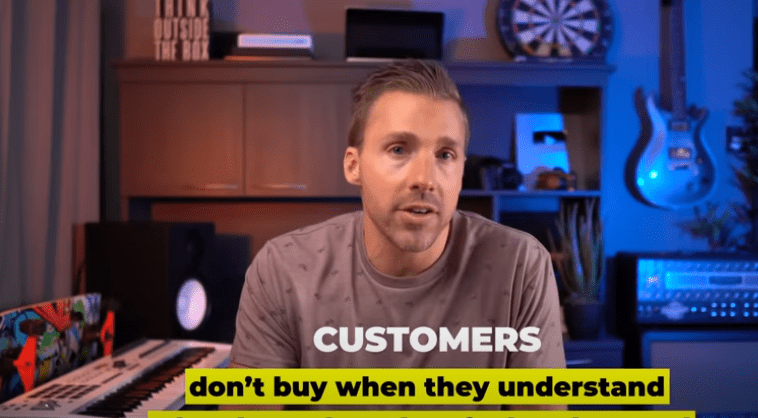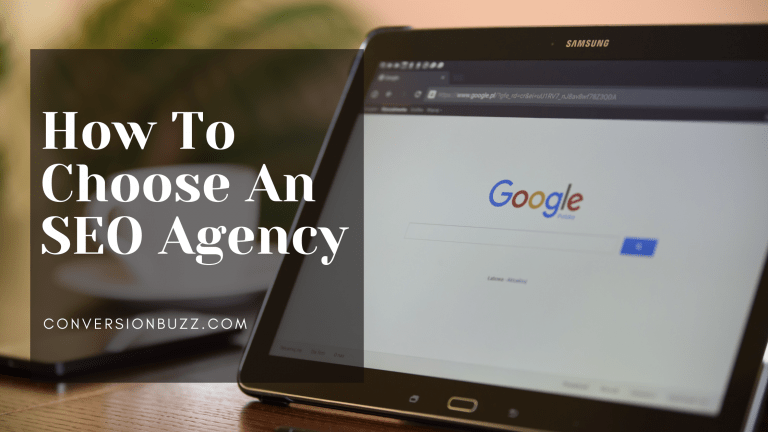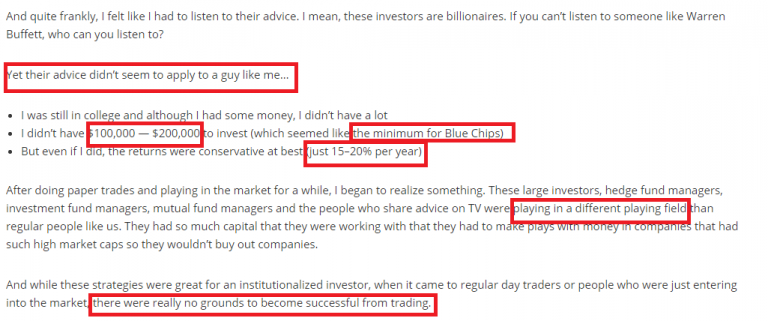4 Amazing Facebook Ad Examples
Do you know how the world’s smartest marketers are able to generate huge returns from their Facebook ads?
You often hear marketing gurus talking about targeting, pixels, campaign structure and retargeting.
And yes, those things are important.
But with Facebook’s AI and machine learning getting smarter every day, they are not nearly as important as they once were. Much of it can be left to Facebook’s intelligence.
The smartest marketers on Facebook understand that what really is important now, is the ad itself… Your text and images.
The best ads on Facebook are using time-tested principles of copywriting and advertising that have been around for years.
These principles were used for decades before Facebook or even the internet was created. And they still work just as well today in the digital media landscape.
In this article, I’m going to review a selection of Facebook ads that have applied the principles I’m talking about in their ads. You’ll learn what the principles are and how you can use them in your own ads.
What else will you learn in this article?
- One word you can use in your ads so people want to keep reading and go to your website
- What type of images you can use to make people stop and read your ad
- How you can position yourself or your brand as an authority so people trust you more
- A powerful human decision-making shortcut you can take advantage of
Russell Brunson

This ad by Click Funnels founder, Russell Brunson is a great example of how you can use curiosity in your Facebook ads.
I have highlighted the word ‘this’ in the opening paragraph because it’s one of the most important words in the ad.
Using the word ‘this’ is one of the most effective ways to generate curiosity in your Facebook ads or other marketing materials.
If you want to see some great examples of ways to use the word ‘this’ to create curiosity, check out my article on Jason Capital.
By evoking this curiosity early on in the ad, Brunson is able to quickly capture attention and give people a reason to continue reading the rest of the ad. Readers wonder “what is this thing that generates leads and sales for brick and mortar businesses?“
And they will continue reading until they have an answer.
In the ad, Brunson continues to build on this curiosity. Further down in the ad, he talks about innovative ways they have found to increase traffic and buyers. The reader wants to know what these innovative ways are.
How You Can Apply This In Your Own Ads: Create curiosity early in the ad copy. You can create curiosity by using the word ‘this’ as described above. You can get ideas on how to use curiosity in your ads by looking at websites like Buzz Feed and tabloid news sites.
Read More About Russell Brunson’s Marketing In This Article
World Gym Mandurah

This Facebook ad from World Gym Mandurah offers a great example of using scarcity.
Scarcity is one of the six principles of persuasion in the book Influence by Robert Cialdini. People place a higher value on things that are in scarce supply.
The fear of missing out is also a powerful motivator in human behavior. When people are faced with the possibility of missing out on an opportunity, they become more motivated to act.
This is why limited-time offers are used so frequently in advertising.
However, because scarcity is used so often in advertising, many people have built a tolerance to it. People often know that limited offers are just a sales tactic.
By using a specific number in their ad (66 spots available), it makes the scarcity claim more believable.
Related: Facebook Ads For Gyms With Examples
World Gym were also smart to use an image containing people in their ad. People are naturally drawn to images of other people. Especially on social media, which is all about connecting with other people.
When people see an ad containing human faces, they are more likely to stop and read it. In his excellent book Cashvertising, Drew Eric Whitman refers to this as the Guillotine Principle.
How You Can Apply This In Your Own Ads: Add scarcity to your offers in your Facebook ads. Either time-based scarcity (eg. offer ends in 4 days) or quantity based scarcity (eg. only 8 spots left) can work well. Also, try to use images of smiling people in your ads.
See More Gym Marketing Tips and Ideas in This Article
Salome Schillack


In this ad from Salome Schillack, we see several powerful psychological strategies all rolled into one ad.
Firstly, she appeals to people’s desire for instant gratification. She does this in the first sentence of the ad: “There’s a faster way to launch your first (or next) online course profitably!”
Telling your audience that they can get what they want is a strong motivator. This is why e-commerce companies like Amazon are now offering same-day shipping. Because people don’t want to wait.
She then creates a sense of authority. It’s been demonstrated that it’s much easier to persuade people when they perceive you as an authority on the topic.
Salome talks about how with her team, they have been on the backend of 73 profitable course launches. Having a team already implies a level of authority. And then she gains further credibility with her claim of supporting 73 profitable course launches.
Finally, she appeals to people’s desire for ease and simplicity. Look at the text in the ad graphic that reads “Steal The Exact Method.”
In other articles, I have talked at length about how advertisers use phrases like this to position their products as an easy solution. This tactic is used (and abused) extensively in the coaching space. But it can also be applied in many other industries.
How You Can Apply This In Your Own Ads: Highlight how your product makes life easier for those who use it. If your product can help people achieve a desired outcome faster, don’t be afraid to mention it in your ad.
Note that these tactics should be used with caution. I see many online coaches using this in a way that is misleading. Taking that approach will attract low quality customers and damage your reputation in the long term.
See Further Examples of These Tactics in This Article About Diabetes Freedom
Gravity Life

In this short ad, GravityLife does a few things really well. Firstly, they engage the power of social proof.
By saying “Thousands of people have reduced their back pain…” it sends a powerful signal to the reader.
Humans have many shortcuts for decision making to help us make faster decisions. One of the main shortcuts we use is looking to what other people are doing.
For example, you’ll go to the dentist in your area that has the most reviews on Google. You’ll visit the restaurant that has the most people inside. We assume that if other people have trusted a business or a product, there must be a reason.
When GravityLife talks about thousands of people reducing their back pain, it tells the reader that other people have approved of this product so it must be good.
The ad could have been made more powerful by including a specific number. For example, “Over 10,420 people have reduced their back pain using the posture key.” Using specific numbers makes a claim like this more believable.
On their landing page, they continue to build social proof by providing customer testimonials.
As with the ad from Salome Schillack, GravityLife also appeals to people’s desire for fast results. They highlight that it requires just 15 minutes a day.
My one criticism of this ad would be in the graphic. It looks too much like an ad. The problem with that it can trigger an auto-pilot response that people have to advertising.
Many people will automatically filter advertising messages out of their conscious focus because they don’t want to be sold to. Using a plain image in your ad (like in the World Gym ad) can help to break this auto-pilot response.
How You Can Apply This In Your Ads: Leverage social proof in your ads by highlighting how many people have purchased your product, how many Google reviews you have or include testimonials in your ads.
Learn More About How to Use Social Proof in Your Marketing In This Article on Kerwin Rae
Summary
There is a lot to learn from the ads in this article. While you could find better ads on Facebook, these ones use time-tested marketing and psychology to boost their effectiveness.
The text and images you use in your ads will be responsible for the success of your Facebook campaigns. By applying principles like scarcity, authority and curiosity in your ads, you can make your ads much more effective
It’s worth taking some time to search through Facebook’s ad library yourself to find other good examples. In the Facebook ad library, you can find the ads of your closest competitors and also industry leaders. It’s a great way to find inspiration for your own ads.
Related Reading
Persuasive Facebook Ad Copywriting Examples From Brett McFall

